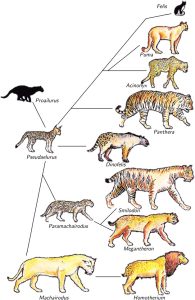It is estimated that there are around 4000 tigers left in the world.
Tigers used to live all across asia but hunting and habitat destruction reduced their numbers to about 2000 , luckily before they were allowed to go extinct several countries, lead by India have reacted , set more land aside and are starting to see an increase in numbers to about 4000 wild tigers.

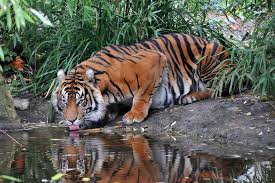
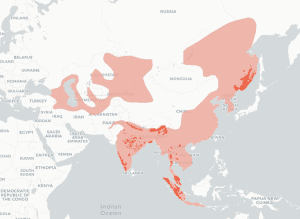
The Bengal and Sumatran tigers
Sub species of Tigers:
Amur Tiger – (Distribution Southern Russian Far East and Northeast China)
Bengal Tiger – (Distribution India, Nepal, Bhutan and Bangladesh)
Malyan Tiger – (Distribution Malay Peninsula)
South China Tiger – (Native to Southern China, few individuals surviving in captivity)
Sumatran Tiger – (Distribution Indonesian island of Sumatra)
Indo-Chinese Tiger – (Distribution Vietnam, Cambodia, Laos, Burma, Thailand and Southwest China)
Bali Tiger – Extinct 1937 – (Bali island)
Javan Tiger- Extinct 1970 – (Java island)
Caspian Tiger – Recorded in the wild before the end of 20thcentury. (Distribution around Caspian Sea, Turkey and Northern Iran)
Where to see Tigers
India
Bandhavgarh National Park situated within the Madhya Pradesh region in Central Northern India and although a little out of the way it is fairly simple to get to. A flight from Delhi to Jabalpur takes roughly 2 hours which is followed by a 4 hour drive to the park
Kanha National Park is one of the biggest national parks in India and was where ‘The Jungle Book’ was set. Kanha is also located within the Madhya Pradesh region of India and is a similar distance from Jabalpur Airport
Ranthambore is one of the most popular parks in India
Pench the setting for Rudyard Kipling’s classic The Jungle Book. Visitors to Pench have a good chance of sighting their very own Shere Khan
Tadoba, increasing numbers. Satpura also
Nepal
Royal Chitwan National Park and Bardia National Park and the Khata Forest Corridor in the western Tarai
Sumatra Indonesia
Kerinci Seblat National park a drive from Padang
Gudung Leusur National Park a drive from Medan
Russia
Amur region of Eastern Russia a drive from Vladivostok Amur Tiger Centre
Thailand
Huai Kha Khaeng and Thung Yai Wildlife Sanctuary is one of the most interesting and diverse wildlife watching locations in Thailand
Evolution
Miacid was the oldest ancestor of all the modern carnivores found on the Earth today. They are the extinct group of carnivores, which gave rise to dogs, bears, skunks, mongooses, cats and hyenas. Miacids dated back to 50 million years ago. They were known to climb trees; had short legs, long claws, and could ambush their prey. They use to look similar to pine martens.
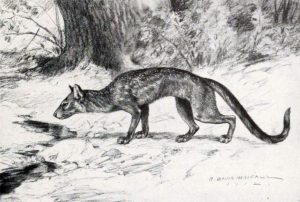
Pseudaelurus, that was found on the earth about 20 million years ago is said to be the direct ancestor of 40 cat species living on earth today.
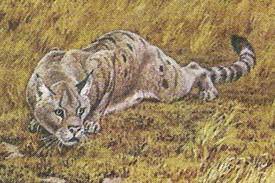
Tigers might have walked the earth millions of years ago, and the earliest tiger fossils which was found in South Asia, dates backs to 2 million years. Early tiger fossil have been found in China, Java and Sumatra. In Russia the fossil found was seven hundred thousand year old and in India it was Ten thousand years old.
All big and small cats comes under the carnivore family called Felidae.Scientifically tiger is known as “Panthera tigris”. Panthera is a genus given to animals which possess the ability to roar For example, Tiger, Lion, Jaguar, and Leopard.
